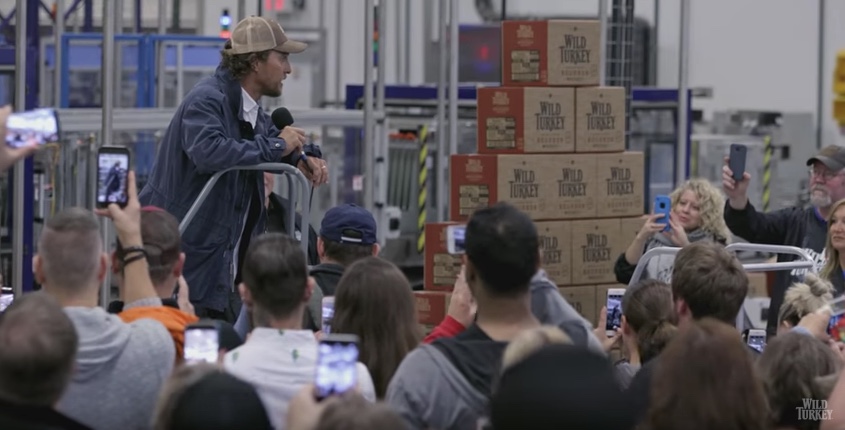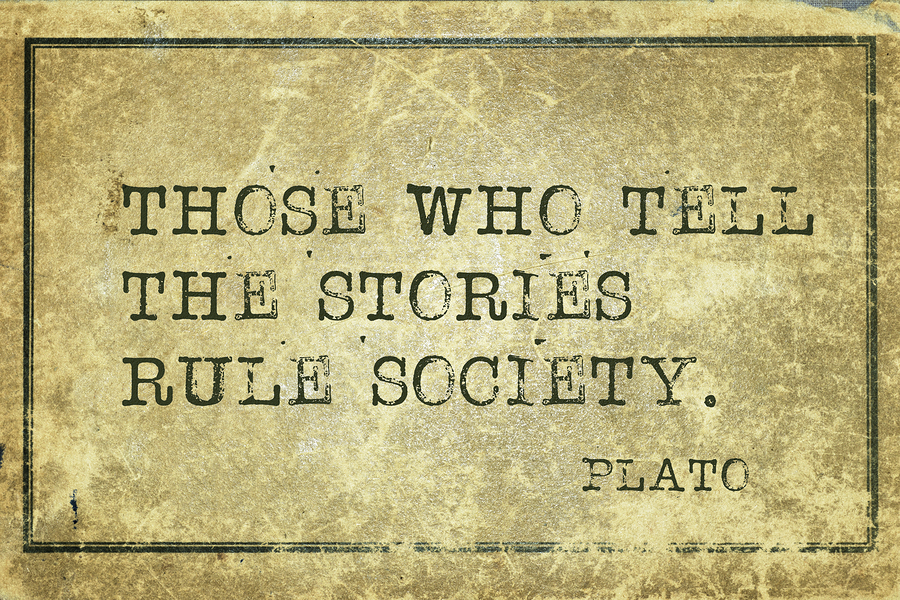
Time to Pull Back the Curtain on Pet Food Creation
December 9th, 2017 Posted by Emergent brand marketing, brand strategy, Pet care, Pet food, Pet food marketing, Pet nutrition, Sustainability 0 comments on “Time to Pull Back the Curtain on Pet Food Creation”The case for super transparency…
For all of the talk about a desire for greater transparency in the food system, much of the pet food world’s product creation work remains behind closed doors. Is it time to open up the curtain and shed more light on ingredients, sources, standards and processes in service of securing greater consumer trust?
Unrelenting premiumization of the pet food business is being driven by the continued humanization of furry family members. At the apex of this anthropomorphic trend is a near lockstep upgrading of pet nutrition formula and nutritional bona fides that closely follow the food culture preferences of people.
No surprise the primary fuel for all of this is a belief held by consumers that the quality of the food they consume impacts the quality of their lives. Therefore, the same rule applies to their pets and the perceived nutritional benefits they can receive in their diets. In sum, people want healthier food solutions for themselves. Pet foods now face the same evaluation.
Thus the current drivers of human food preferences quickly find their way into the pet nutrition business. Chief among them is an increasing demand for transparency. According to a recent study by Innova Market Insights, the number one priority in 2018 for both human and pet foods will be cleaner labels. Innova calls this the arrival of “Mindful Choice.”
What is that? Health and wellness is the leading call to action. However embedded in this trend are the same concerns people have about the food they personally consume – interest in sustainability, visibility to ingredients and sourcing, ethical production and safety. The Innova research study reports, 70 percent of consumers want to know and understand (human) food ingredient lists. This can be challenging in pet food where historically ingredient decks expressed on kibble packages are lengthy, complicated and employ terminology foreign to most people.
Additionally, the rapid migration of grocery shopping from packaged food center aisles of the store to the fresh perimeter departments is evidence of preferences for real, fresh, simpler food that is less processed. ‘Real’ food ingredients on labels are wanted. According to a recap of Innova’s study published in Pet Food Industry magazine, the number of human food products launched this year with a healthier claim increased to 49 percent. It’s a reflection of the growing desire to address consumer demand for healthier foods.
So, how foods are made will matter. Right now clean label is center stage. It should be noted that ‘clean label’ itself is an outcome of efforts made during product development; work which includes standards for ingredient sourcing, optimizing nutritional benefits, and committing to higher integrity around recipe formulations.
A recent study on the topic by Kerry Health and Nutrition Institute found that:
- 73 percent of consumers read ingredient lists
- 66 percent examine the nutritional panel
- 94 percent say they would be loyal to a brand that adopts complete transparency
- 99 percent say they will also pay more for a product that is transparent
Pet diets are for the most part a highly processed food where the more popular delivery vehicle of dry kibble in varying shades of tan to brown, appears to be identical from brand to brand. Deconstructing the kibble is another matter and it is in this arena where differentiation (and consumer trust) can be found.
What’s needed in pet food: super transparency
The Hartman Group’s Sustainability Report for 2017 says consumers expect companies to “openly share sustainability practices” and 73 percent of consumers are aware of what transparency means with respect to business practices.
Pet food brands with a strong nutritional story to tell could benefit from a super transparency approach. Kibble can’t really telegraph any specific information one-way or other. The ingredients used to make it, on the other hand, present an educational opportunity.
Pet brands that tell stories about ingredient sources, suppliers and product creation can effectively address integrity questions in a meaningful way. What’s really bubbling underneath: issues surrounding health and quality of life.
Traditionally the pet food industry has operated behind closed doors, but the consumer is asking that the door open more fully. Far enough for consumers to have improved access to knowing more about the ingredient standards and food quality that goes into their pet’s diet.
No question; pet food and people food are not the same thing, even though some brands would like you to believe that the steak you had for dinner is inside the kibble bag.
- When higher quality pet food makers take their commitments and standards on ingredients and bring them to life, they can improve their ability to secure trust and belief from the humans selecting foods for their four-legged family members.
Ultimately the desire for product transparency is a demand for validation and evidence of what most pet brands claim in their package messaging. The move to super transparency (which really means taking the consumer behind the product creation curtain) is a way to bring better understanding about what their pets are eating. And yes, pet parents truly care about this in the same way they care about how foods are made that they eat themselves.
Super transparency is now a furry business-building opportunity!
Looking for more food for thought? Subscribe to our blog.
Bob Wheatley is the CEO of Chicago-based Emergent, the healthy living agency. Emergent provides integrated brand strategy, communications and insight solutions to national food, beverage, home and lifestyle companies. Emergent’s unique and proprietary transformation and growth focus helps organizations navigate, engage and leverage consumers’ desire for higher quality, healthier product or service experiences that mirror their desire for higher quality lifestyles. For more information, contact [email protected] and follow on Twitter @BobWheatley.




